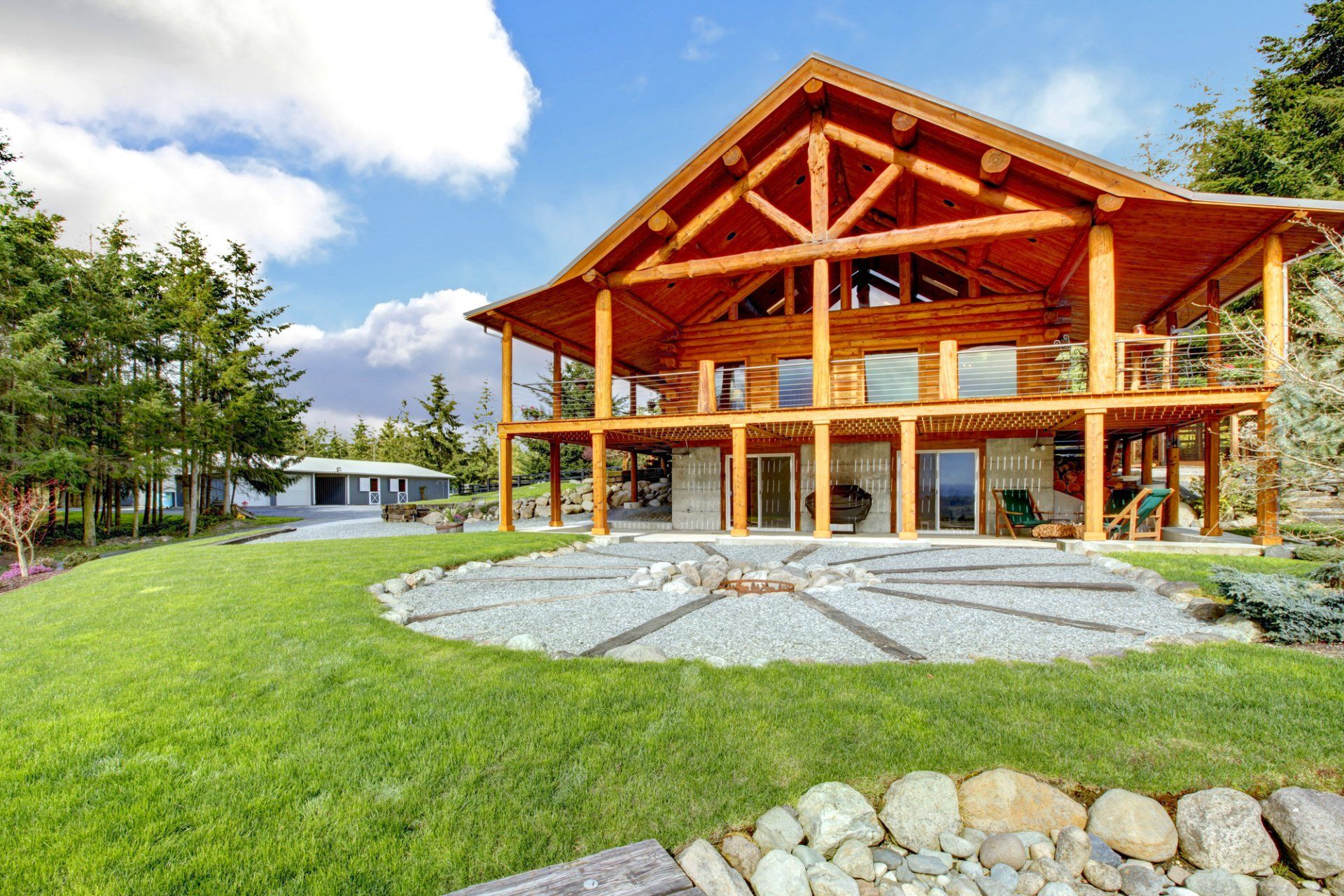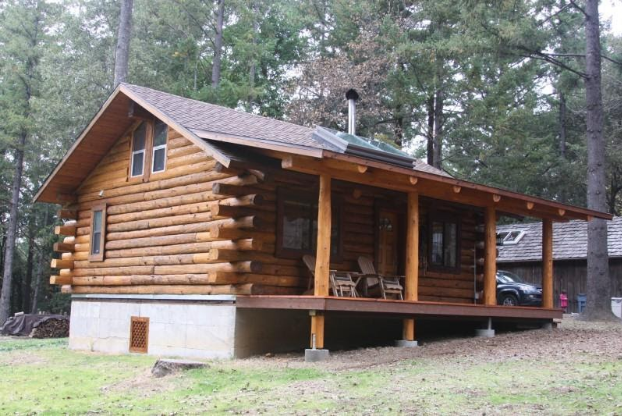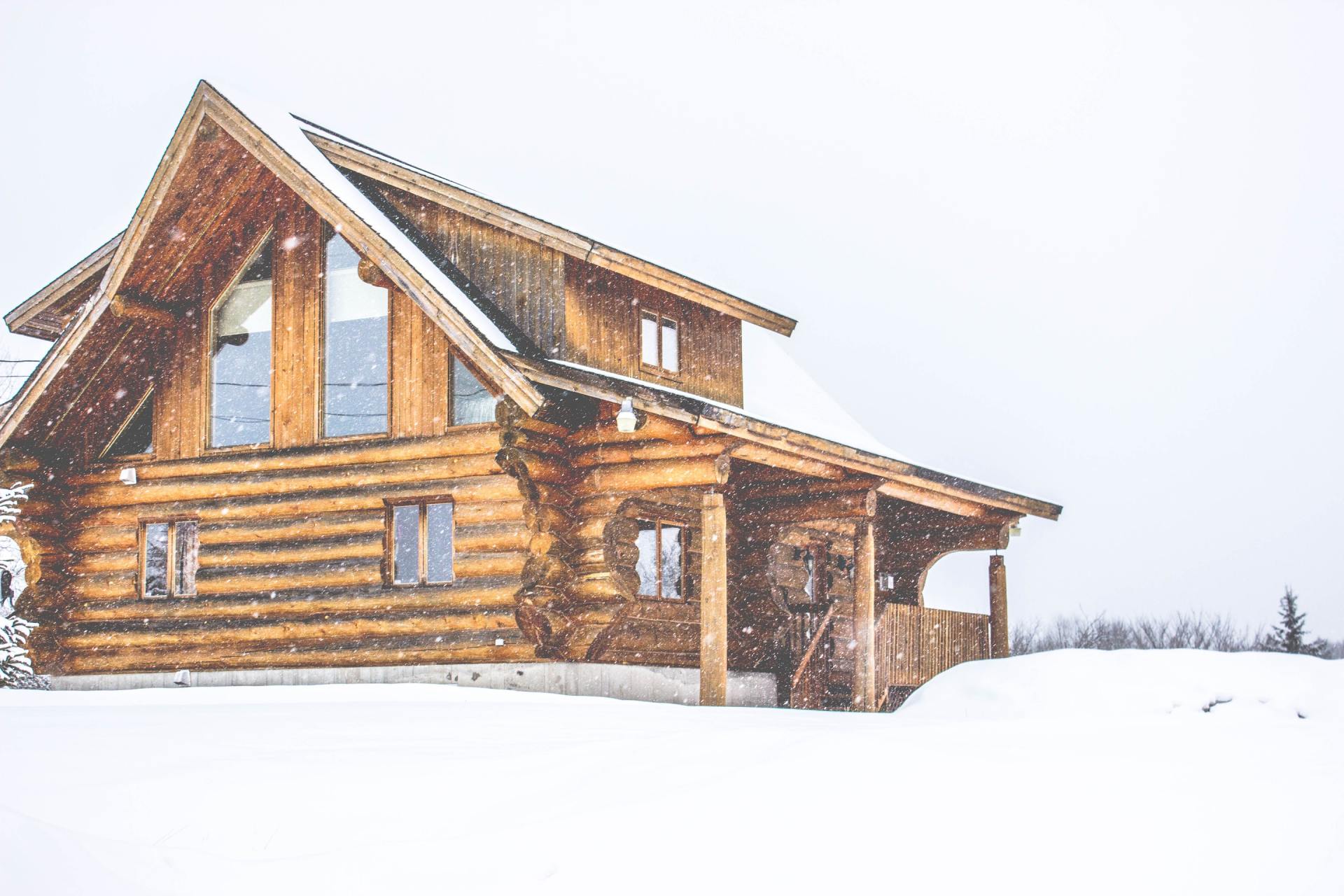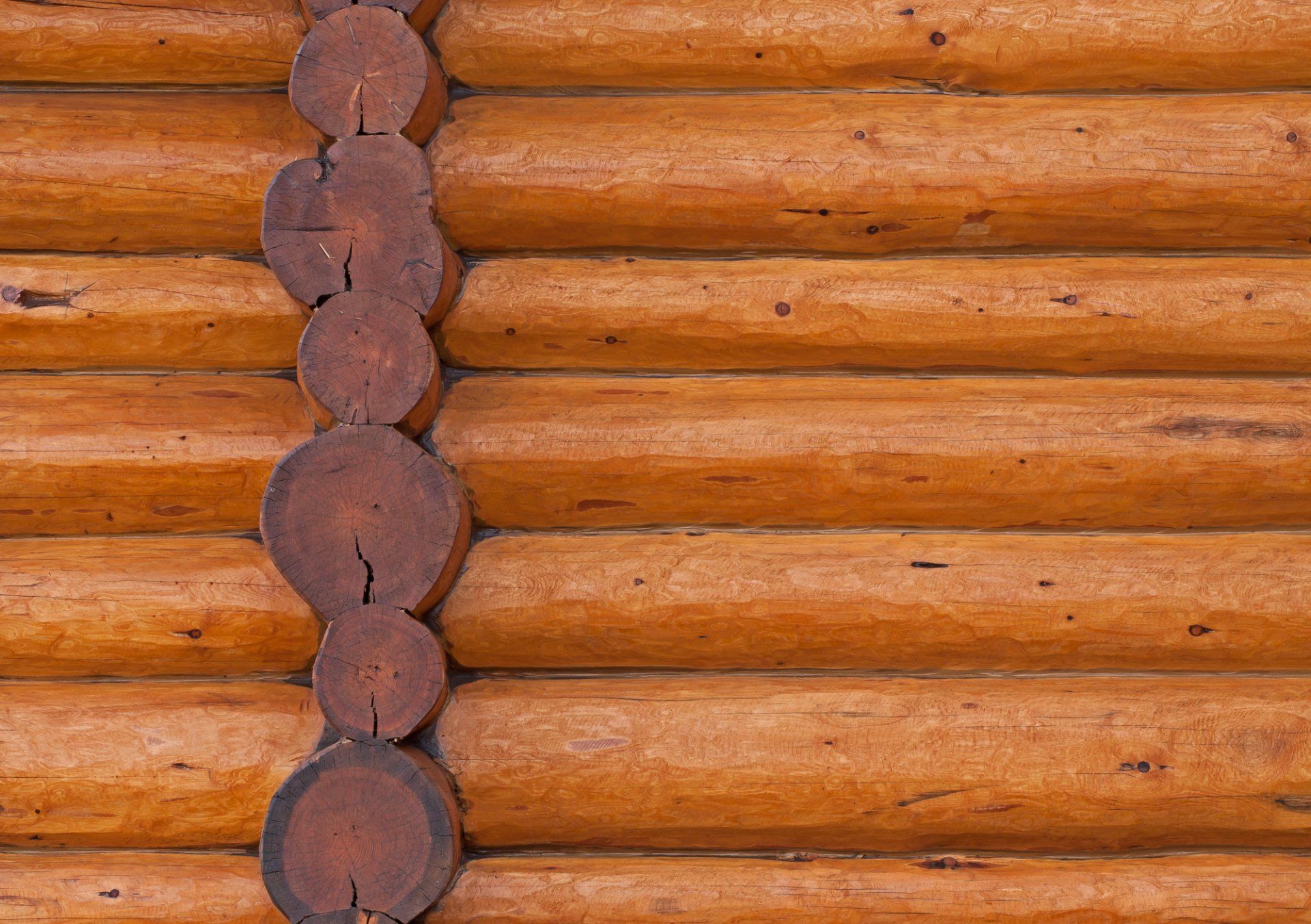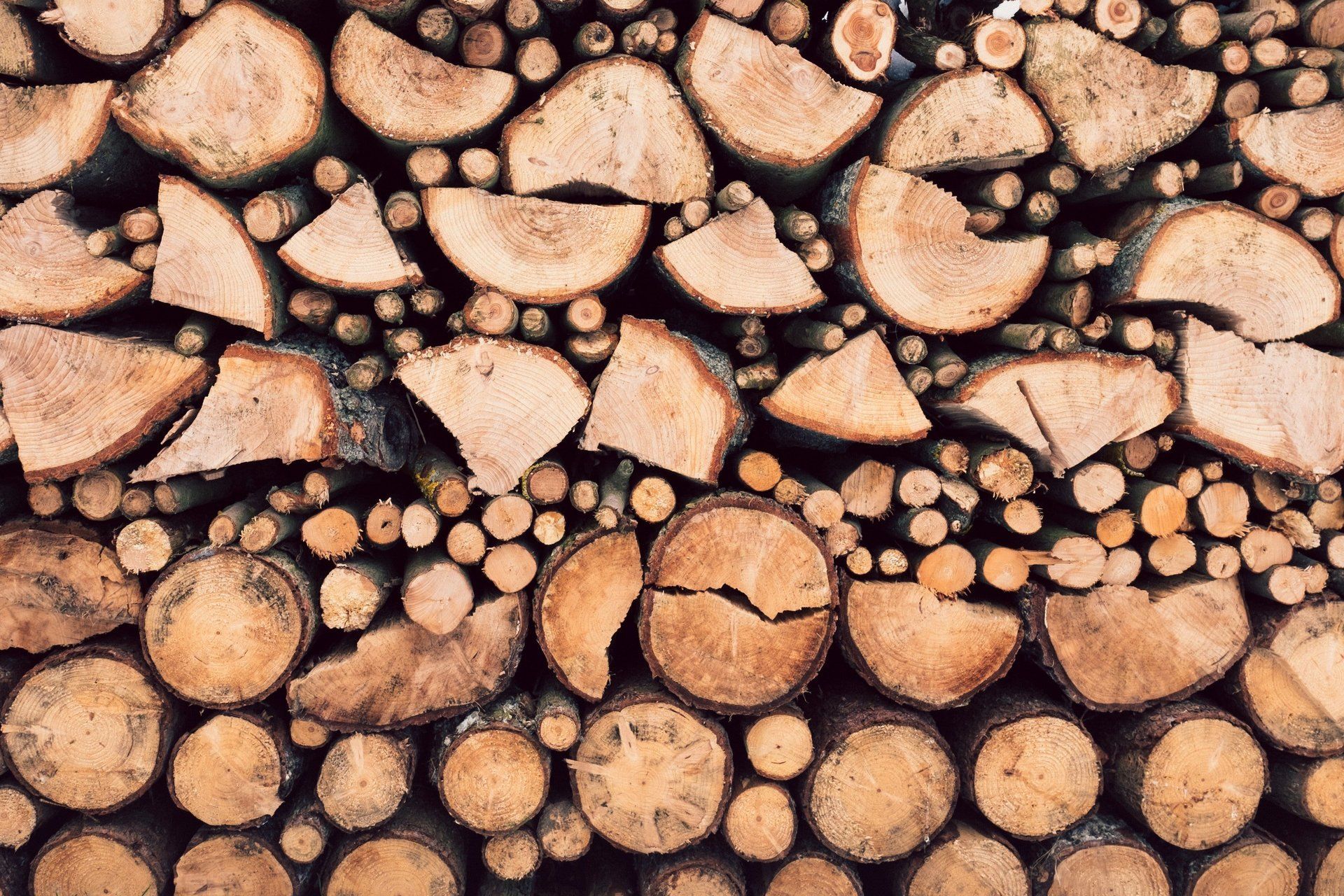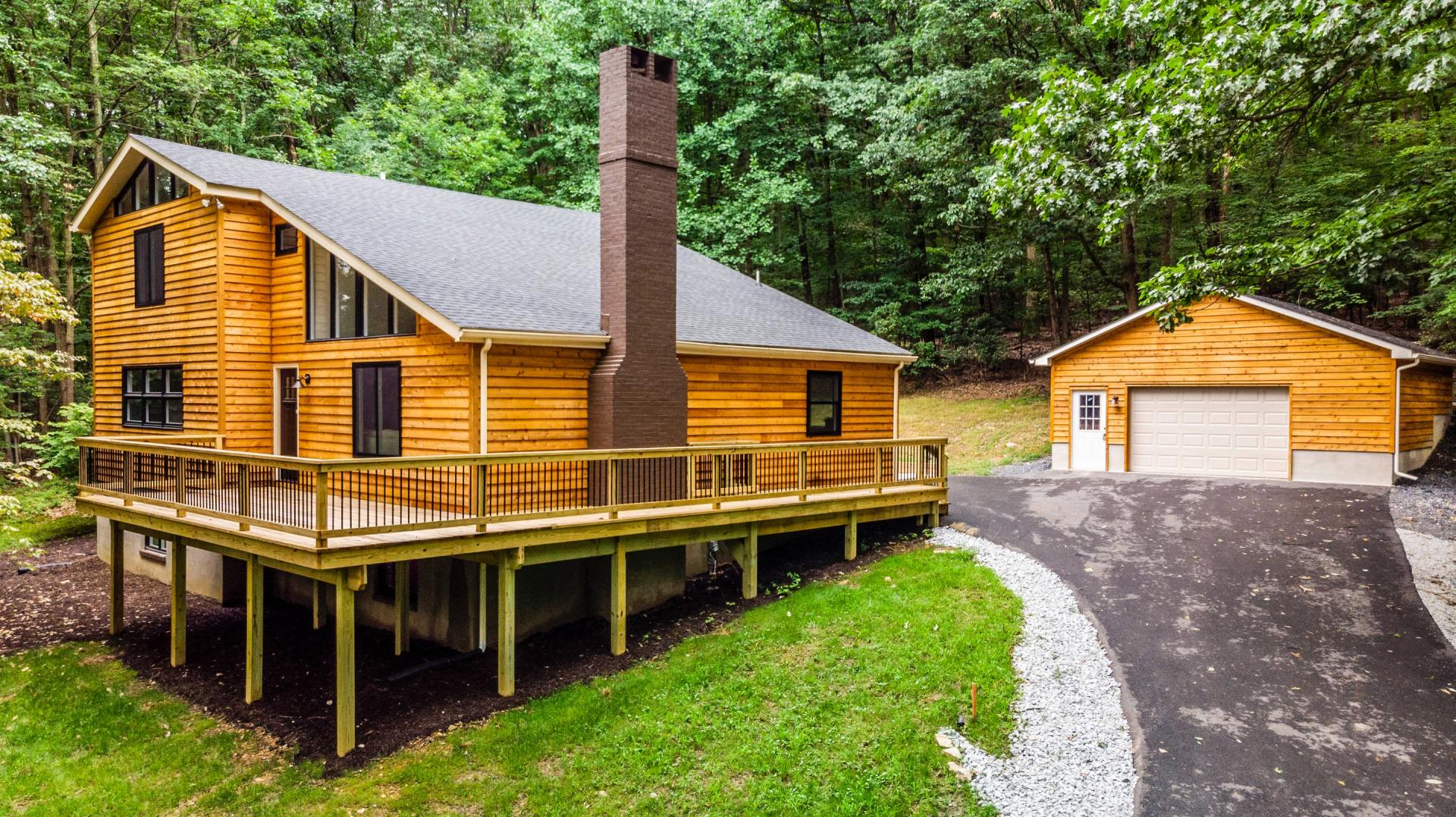Why Are Log Home Inspections Necessary?
Whether you are buying a log home or already have one, inspections are necessary for your investment.
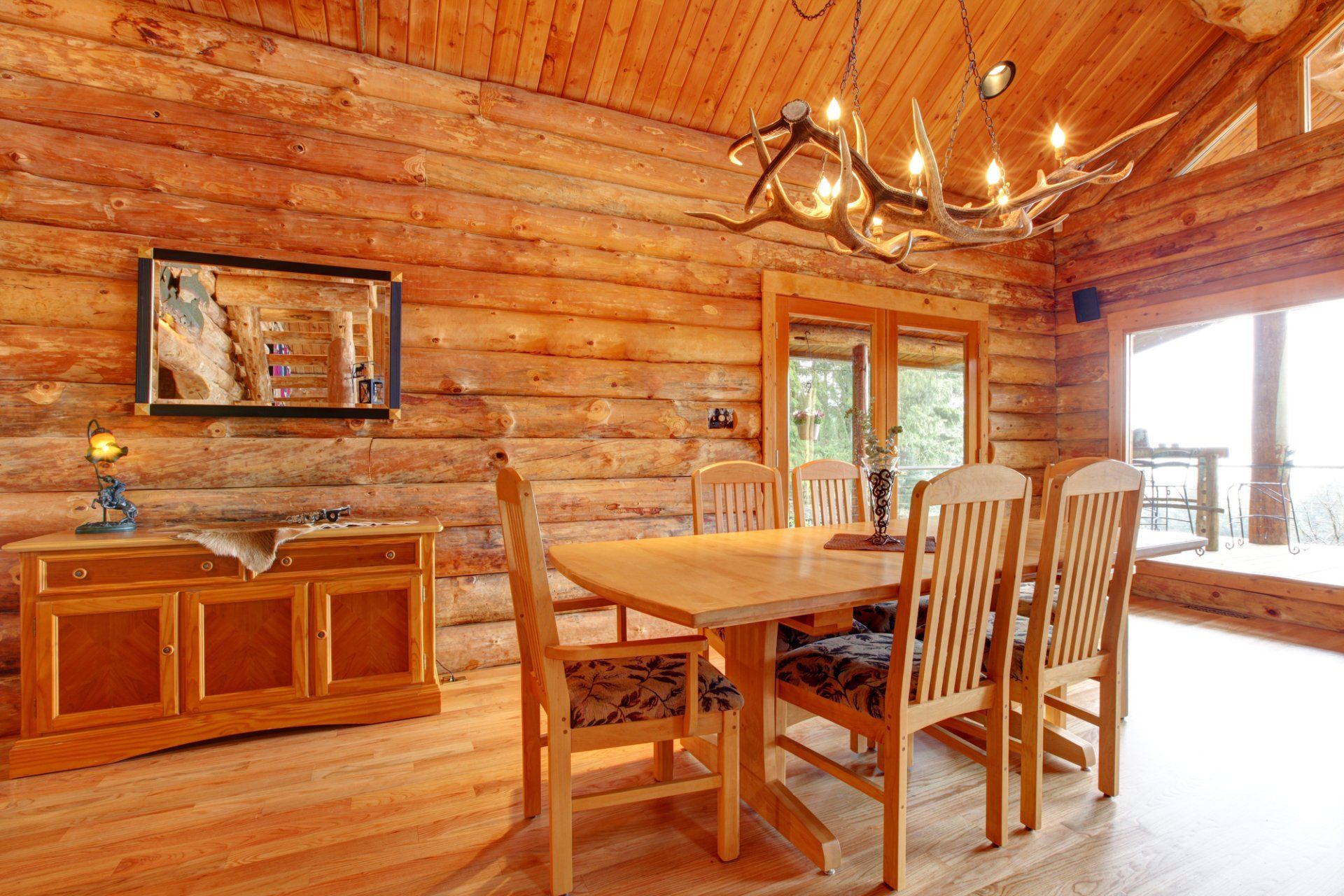
Water Is Your Enemy
Things a Log Home Inspector will check:
1. Insects and Pests
Termites, if your log home does not have at least a 12” foundation, you probably have termites. Look for pencil sized mud tunnel running up to the logs.
Carpenter Ants and Bees, look for piles of sawdust on the ground and a ½” hole. Call pest control they will spray the nest and plug it with steel wool and caulking. Tap the log to see if it is hollow.
WoodPeckers will sometimes target log homes. They may look for insects, but sometimes they are just territorial and dislike log homes.
2. Wood Rot
With log homes over 20 years old, there often are too short or nonexistent overhangs. This means that the lower logs often get soaked, which leads to wood rot.
Log ends also get dripped on a lot and need to be checked for rot.
Check around the gutters. Gutters not clean can puddle water, this can cause rot in the logs next to them.
Check around windows and doors, these are places prone to rot.
If there are dolmans check around the flashing to see if it is lifting and trapping water.
3. Check the Stain
When you splash water on the stain, it should bead up and run off of stained logs.
Does the stain look spotty thin or worn, you may need to have the log home restrained after you remove the old stain.
4. Check for Cracks, Splits and Crevasses.
Since logs shrink over time, they are susceptible to cracking. Long crevases can form in the logs, and the space between the logs may grow bigger. If these appear you will need to renew your chinking. Cracks in logs may be filled with caulk. If the logs pull away from each other, you may need backer bars and new chinking.
5. Check load-bearing walls for settling.
When logs dry out they shrink. This can lead to roofs not setting right. It can also lead to bowing doors and windows.
Interior walls that were not load bearing may become load bearing. Risking an internal wall failure.
Shrinkage can also cause problems with electrical and plumbing systems, if they are not made flexible.
If you find wood rot:
You need to find a log replacement specialist. They can determine if you need new logs or if half thickness can take care of the problem. This is not a job for a do it yourself.
Log Home Restoration of California
Log Home Restoration of California has decades of experience inspecting repairing and building log homes. In everything from building new log homes to repairing the old log cabin, LHRCA has the skills you need.
Our experts guarantee that you will be happy with our work.
